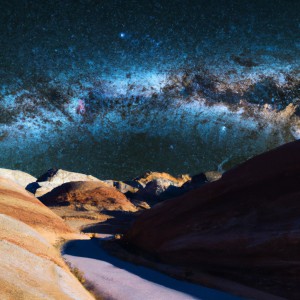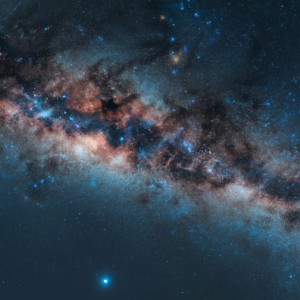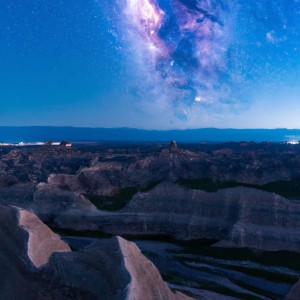Where do Stars in the Universe come from?
Stars have always fascinated human beings since ancient times. However, it is only in recent years with the advancement of technology that scientists have been able to study the origins of stars in the universe. In this article, we will explore the various theories on the creation of stars and the different stages of their life cycles.

One of the most widely accepted theories on the origin of stars is the Nebula Hypothesis. According to this hypothesis, stars are born from clouds of gas and dust known as nebulae. These clouds exist in the vast expanse of space and can range in size from a few light-years across to several hundred light-years. The nebulae are mainly composed of hydrogen, with small amounts of other elements such as helium, carbon, and oxygen.
The process of star formation begins when a dense region within a nebula collapses under the force of gravity. This region has to be sufficiently dense that the gravitational force overcomes the pressure of the surrounding gas and dust. As the region collapses, it becomes denser, and its temperature increases. Eventually, the temperature reaches a level where nuclear fusion can occur, and a new star is born.
Once a star is formed, it enters into the first stage of its life cycle, the Protostar stage. During this stage, the newly formed star is extremely hot and emits enormous amounts of energy in the form of infrared radiation. As the star heats up, the gas and dust in the surrounding nebula begin to spiral towards it. This process causes the protostar to grow in size and mass until it becomes a full-fledged star.
The second stage in the life of a star is the Main Sequence stage. This is the most stable period in the life of a star, during which it remains in a state of equilibrium between the outward force of radiation and the inward force of gravity. The Main Sequence stage is where stars spend the majority of their lives, with the length of time varying depending on the size and mass of the star.
As stars age, they begin to run out of fuel and enter into the third stage of their life cycle, the Red Giant stage. During this stage, the star's core contracts, causing the outer layers of the star to expand greatly. The surface of the star cools down, and it begins to emit more red and orange light than white light. Eventually, the outer layers of the star are ejected into space, forming a planetary nebula, while the core of the star becomes a White Dwarf.
In some cases, stars that are significantly larger than our Sun may also undergo a Supernova explosion at the end of their lives. During a Supernova, the star explodes, releasing an enormous amount of energy into space. This explosion causes an immense shockwave that can trigger the formation of new stars from the surrounding gas and dust in the nebula.
In conclusion, the stars in the universe are born from clouds of gas and dust known as nebulae. The process of star formation begins when a dense region within a nebula collapses under the force of gravity, leading to the formation of a protostar. Once a star is formed, it goes through different stages of its life cycle, including the Main Sequence stage, Red Giant stage, and White Dwarf stage. Some stars may also undergo a Supernova explosion, triggering the formation of new stars. Studying the life cycles of stars is crucial to understanding the creation and evolution of our universe.













评论